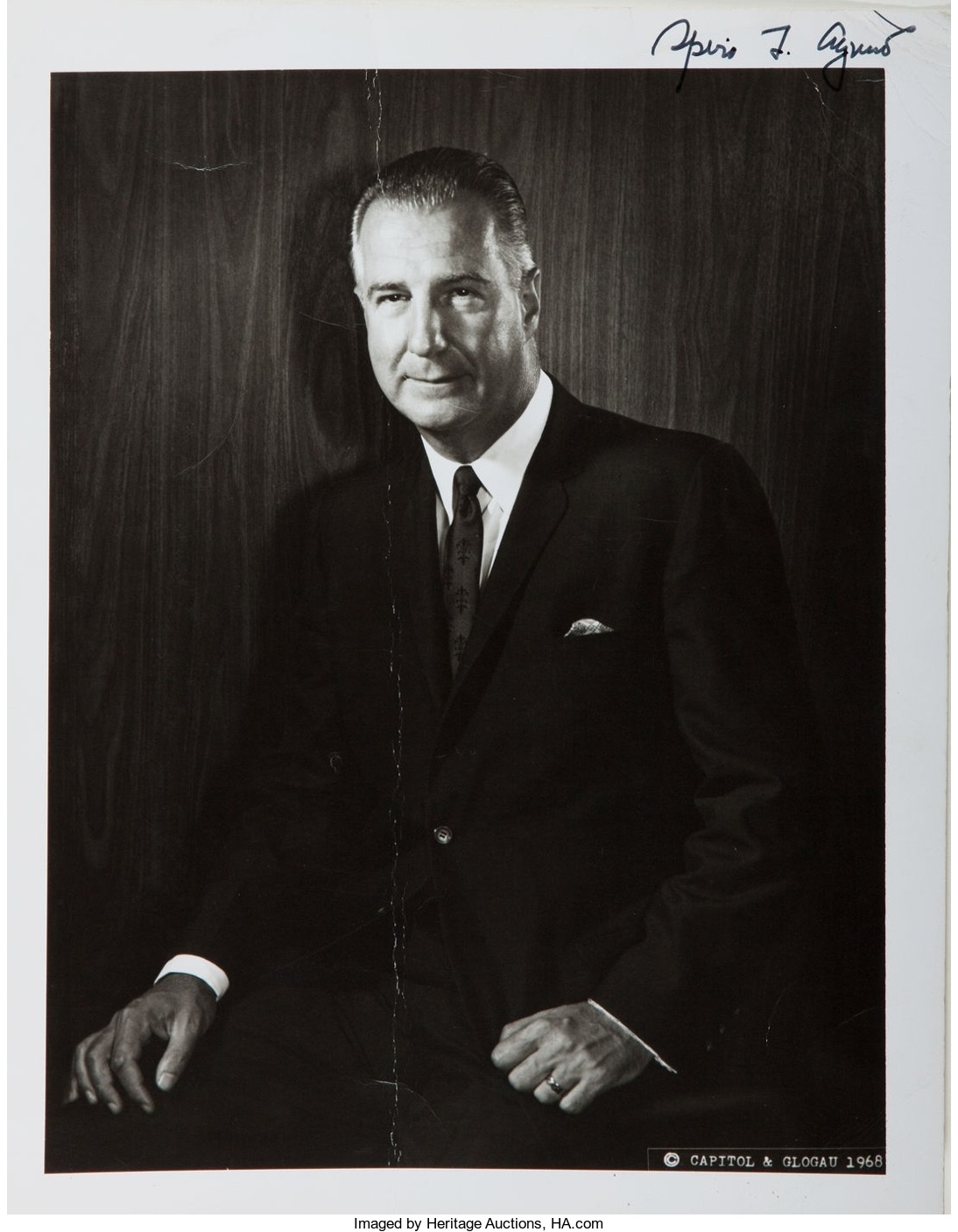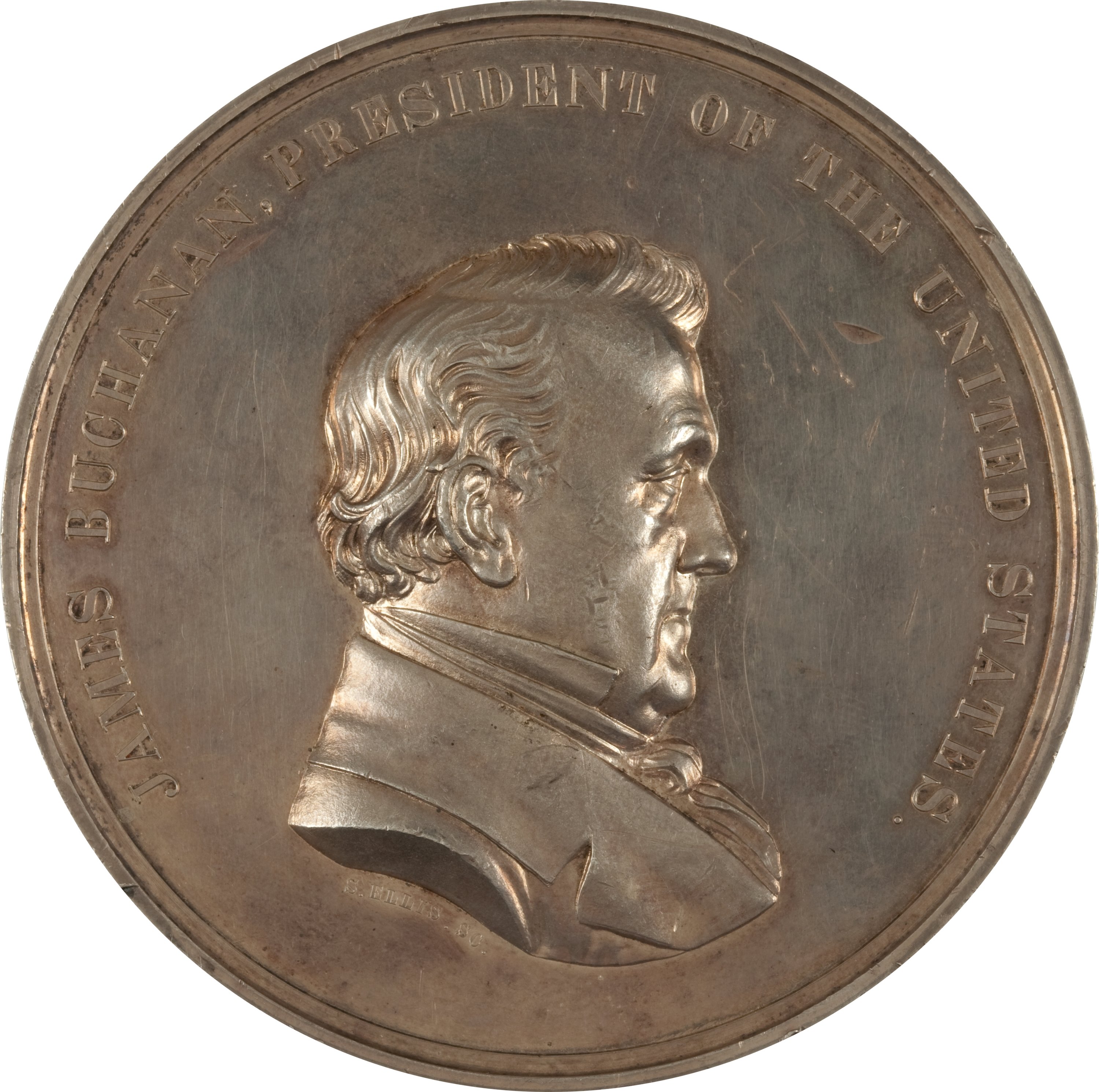
By Jim O’Neal
Spiro Theodore Agnew was elected vice president twice … in 1968 and 1972. However, he became the second vice president to resign in 1973. Although accused of several crimes along the way, he finally pleaded no contest to a single charge of not reporting $29,500 income in 1967.
Lesser known is that in 1995, his portrait bust was placed in the U.S. Capitol. An 1886 Senate resolution stipulated that all former VPs were entitled to a portrait bust in the building. Agnew proudly attended the formal ceremony.
He later claimed that both President Richard Nixon and his Chief of Staff, Alexander Haig, had threatened to assassinate him … “Either resign … or else.” (That would have really been a first!)
♠
Grover Cleveland served two non-consecutive terms as president – No. 22 and No. 24.
He was the first Democrat elected after the Civil War, which he conveniently sidestepped by hiring a replacement to take his place in military service.
Some of his firsts include:
• Only president to admit fathering an illegitimate child.
• First and only president to marry in the White House.
• First president to have a child born in the WH.
During the Panic of 1893, he secretly had a cancerous jaw replaced with a rubber mandible. It was done on a yacht at sea to avoid spooking the markets. Perhaps the absence of any “leaks” was because he was a tough man who had (personally) hung two crooks when he was a sheriff in Buffalo.
♣
Thomas Riley Marshall is still a relatively obscure vice president despite serving eight years (1913-21) with Woodrow Wilson, and in 1916 becoming the first VP reelected since John Calhoun (1828).
Many historians argue that he should have assumed the presidency when Wilson suffered his debilitating stroke, but a small group around Wilson (including his wife) were able to keep it a secret. Some Wilson signatures appear to be forged, however Marshall had little interest and confined his duties to calling each day to inquire about the president’s health.
Marshall is famously credited with saying, “What this country needs is a really good five-cent cigar!”
♥
Three of our first five presidents died on July 4, as did Abraham Lincoln’s first VP, Hannibal Hamlin.
Calvin Coolidge Jr. was born on that historic date. After President Warren G. Harding died in San Francisco in 1923, Coolidge assumed the presidency and won re-election in 1924. His father swore him in in 1923 as he was a judge/notary.
“Silent Cal” was a real tax cutter, and by 1927, 98 percent of the population paid zero income tax. Plus, he balanced the budget every year and when he left office in 1929, the federal budget was lower than when he started.
 Intelligent Collector blogger JIM O’NEAL is an avid collector and history buff. He is president and CEO of Frito-Lay International [retired] and earlier served as chair and CEO of PepsiCo Restaurants International [KFC Pizza Hut and Taco Bell].
Intelligent Collector blogger JIM O’NEAL is an avid collector and history buff. He is president and CEO of Frito-Lay International [retired] and earlier served as chair and CEO of PepsiCo Restaurants International [KFC Pizza Hut and Taco Bell].

